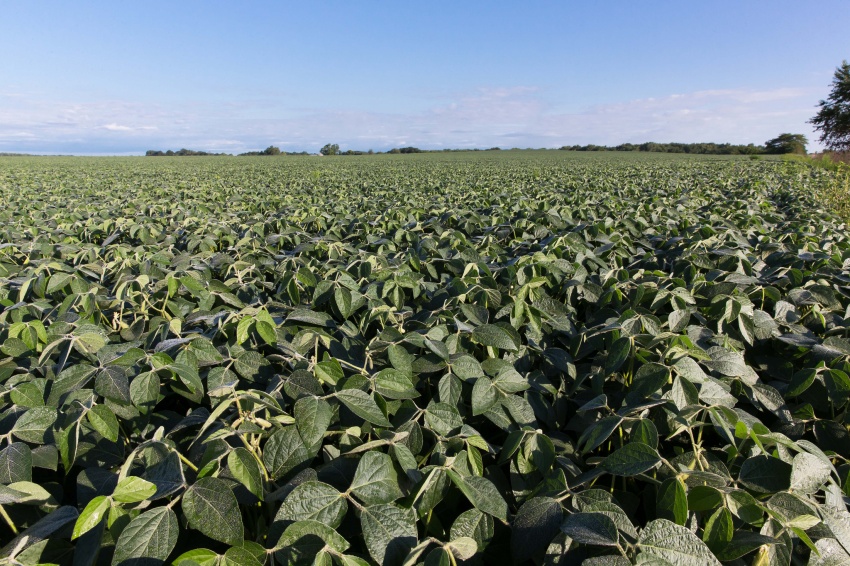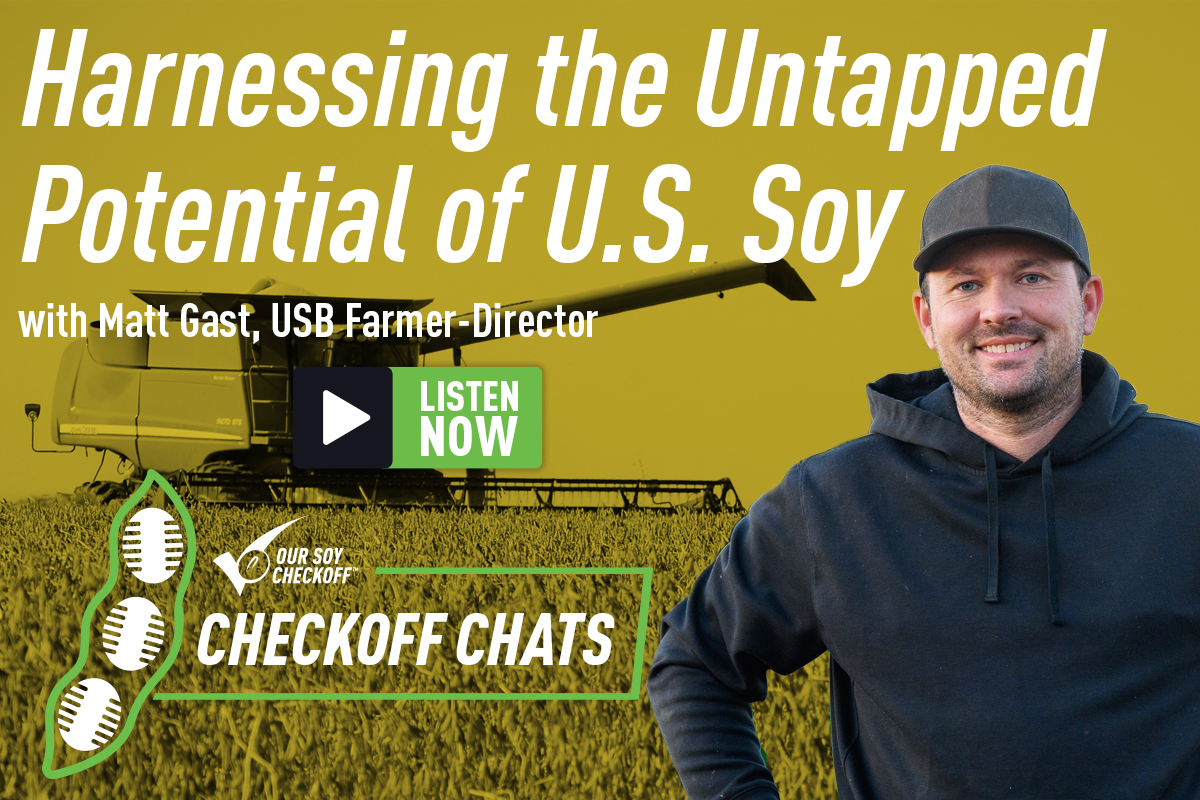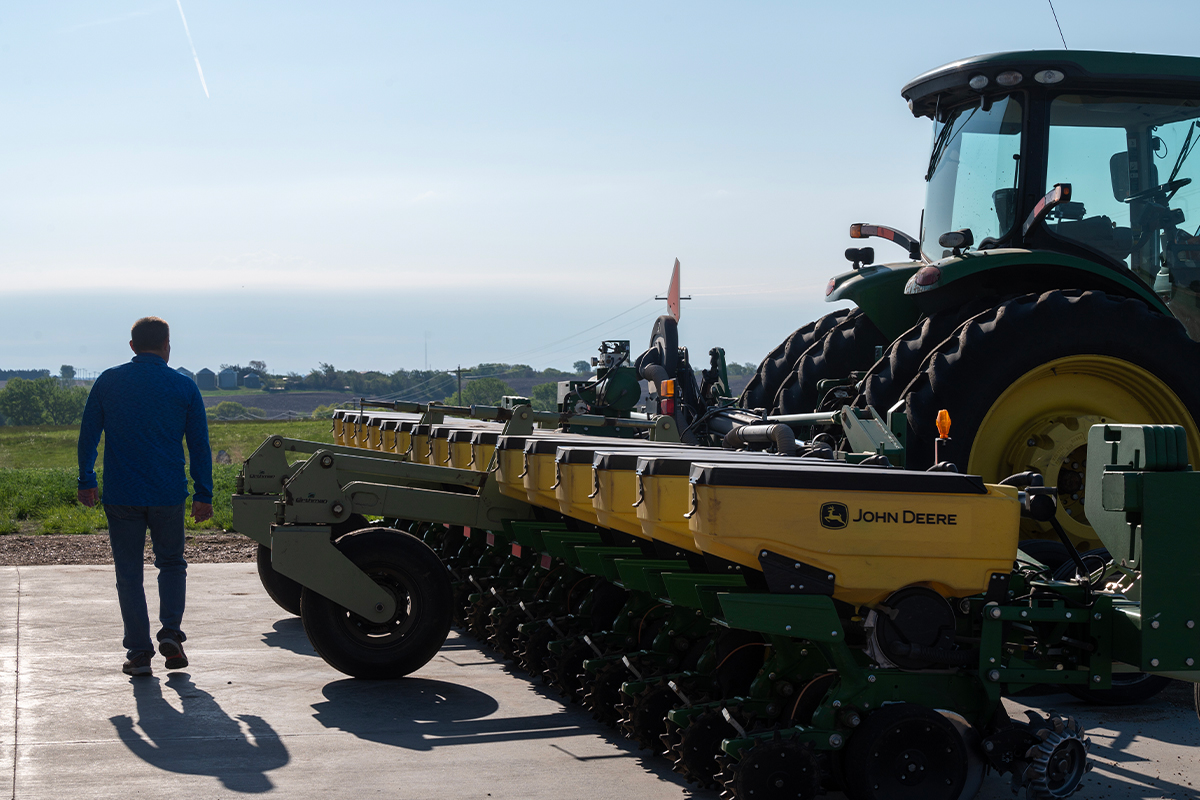Mississippi Farmer Warns Others to Be Ready for Fungicide-Resistant Diseases

Although fungicide resistance is not as widespread as herbicide resistance, now is the time for farmers to get ready for it. United Soybean Farmer-Leader David Wansley, who farms in the South, where fungicide resistance is more prevalent, says he’s taking preventative steps now.
Q: Why is fungicide resistance an issue?
A: Foliar soybean diseases, such as frogeye leaf spot, can cause significant yield loss. Since we are already dealing with the expense of resistant weeds, we sure don’t need a resistance in the soybean-pathogen department. It is important that farmers use best-management practices to keep resistance in check.
Q: What are you doing to prevent it from affecting yield and your farm?
A: I am utilizing crop rotation, alternating different fungicide classes and following label rates. I tend to question my actions and methods more now than I did three or four years ago to keep resistance and diseases to a minimum.
Q: What plans do you have to protect your farm from this in the future?
A: I will continue to monitor variety trials and university research to find soybean varieties with resistance to aerial web blight, Cercospora and frogeye leaf spot.
Q: What do you suggest that farmers do to learn more about the problem and how to prevent it?
A: Extension and research programs publish a wealth of information I find useful. In addition, many state soy checkoff board websites have information about fungicide-resistance research. I would advise farmers to sign up for weekly newsletters and crop situation reports from their area agronomists and plant pathologists, too.
Q: How has fungicide resistance affected you?
A: To date, I do not think I have incurred monetary loss from fungicide resistance, but the threat of it has caused me to be more aware of the problem and do my best to be proactive.



